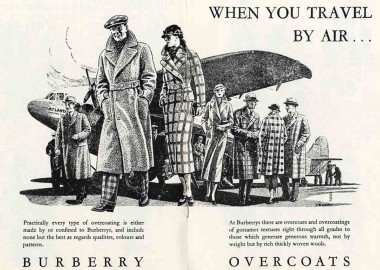I met one of my best clients, who is also a dear friend and mentor, for lunch today. Hugh Magee was CEO at Great West Steel in the 1970s and brought the company back from near bankruptcy, making it one of Canada’s most successful business turnarounds in the 20th century. He went on to lead many more companies to success, including GWIL Crane Service and Canada Diagnostics Centres.
We went for lunch at the Vancouver Club and, as usual, Hugh regaled me with great stories about everything from motivating employees in a downturn economy to why it ultimately saves money to spend tens of thousands of dollars to fly suppliers to a high-end fishing retreat for a weekend. The reason Hugh’s stories are fascinating and memorable isn’t because they’re funny, extraordinary or peppered with high-profile names. They are all those things but that’s not why they are lodged in my brain months later.
It’s because they’re honest.
Hugh is not afraid of speaking his truth, blunt as it often is. And we are so used to so much spin in our world, that when someone is honest – profoundly, simply, vulnerably, scathingly honest – it hits us emotionally.
As companies, we want to affect our customers emotionally because this is what fosters loyalty. We want them to bond with us, trust us, be fanatical for what we offer. I’ve seen companies try countless marketing tricks to get there, only to have their customers drop them for the cheaper or more convenient alternative. The tricks didn’t work; they didn’t stick. Truth is sticky.
A great example of this is the famous Domino’s Pizza story. Their brand promise to be “the best pizza delivery company in the world” was shaken when they ran out of special deep pan pizza dough at an outlet in the US. Not even a private jet could get the dough there on time and that night, they disappointed many hungry customers. For an entire month afterwards, employees went to work wearing black mourning bands.
More recently, Domino’s was getting a lot of online criticism about the quality of its pizza. Instead of ignoring the feedback, they changed their pizza recipe. They tell their story with a Youtube video called Pizza Turnaround and the Twitter hashtag #newpizza. They even went so far as to post negative comments on their website with a running commentary of how they were taking action to make their customers happy again.
As their video says, it is The True Story of How Domino’s Listened. And we’ll remember.





